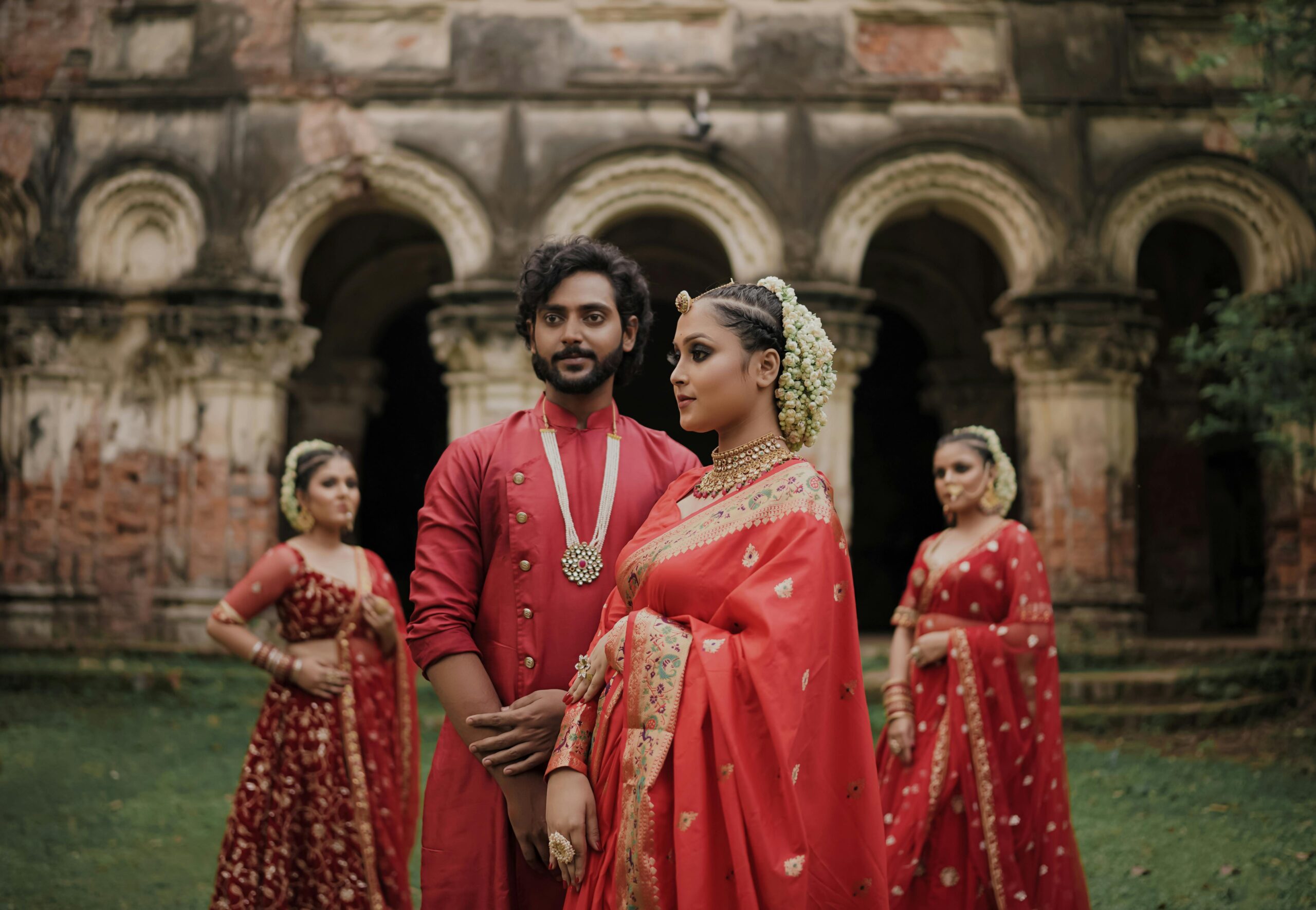Fashion is more than just clothing—it is a cultural narrative that reflects heritage, identity, and innovation. When we talk about Indian fashion culture in designing, we step into a world where ancient traditions blend seamlessly with contemporary styles. From handwoven textiles to runway couture, Indian fashion has built a global identity rooted in diversity, craftsmanship, and artistry.
Thank you for reading this post, don't forget to subscribe!1. The Rich Legacy of Indian Fashion Culture
India has always been celebrated for its textile heritage and skilled craftsmanship. Each region has its own signature fabric, weaving style, and embroidery tradition that tells a unique story of culture and artistry:
- Banarasi silk from Varanasi – known for its luxurious texture and intricate gold zari work.
- Kanjeevaram sarees from Tamil Nadu – vibrant weaves symbolizing South Indian culture.
- Bandhani prints from Gujarat and Rajasthan – tie-dye textiles that embody vibrancy and tradition.
- Phulkari embroidery from Punjab – colorful floral hand embroidery representing warmth and festivity.
These textiles and techniques are not just clothing—they are living traditions passed down through generations. Designers worldwide draw inspiration from them, making Indian craftsmanship a timeless symbol of elegance.
2. Influence of Culture in Indian Fashion Designing
Fashion in India is deeply tied to culture, festivals, and traditions. Weddings, in particular, showcase the grandeur of Indian fashion—elaborate lehengas, elegant sherwanis, and handcrafted jewelry reflect the cultural richness of different regions.
Designers often incorporate motifs inspired by mythology, nature, and spirituality, creating pieces that are not only fashionable but also symbolic. For example, lotus motifs symbolize purity, peacocks represent grace, and temple jewelry reflects divine artistry. This cultural influence gives Indian fashion an unmatched depth compared to Western minimalism.
3. The Modern Face of Indian Fashion
Today’s Indian fashion industry is redefining creativity by merging traditional elements with modern aesthetics. Young designers and established names alike are experimenting with bold ideas:
- Fusion wear: Sarees styled with jackets, crop tops paired with dhoti pants, or gowns infused with traditional embroidery.
- Sustainable fashion: The revival of khadi, handloom cotton, and eco-friendly dyes to promote slow fashion.
- Global collaborations: Indian designers showcasing collections at Paris, Milan, and New York Fashion Weeks, blending heritage with global trends.
This evolution ensures that while tradition remains at the heart of Indian fashion, it is constantly reinvented for modern lifestyles.
4. The Role of Designers in Preserving Indian Fashion
Renowned designers have played a pivotal role in keeping India’s cultural essence alive through fashion. Sabyasachi Mukherjee, Manish Malhotra, Ritu Kumar, Anita Dongre, and others continue to honor traditional techniques like zari, chikankari, gota patti, and block printing, while presenting them in modern silhouettes.
For instance, Sabyasachi is celebrated for his royal bridal wear inspired by Mughal and Bengali culture, while Manish Malhotra reimagines Bollywood glamour with contemporary embroidery and cuts. Their designs are not just clothes—they are cultural statements that connect India’s past with its present.
5. The Future of Indian Fashion Culture
The future of Indian fashion is as dynamic as its history. With the rise of digital platforms and e-commerce, Indian designers now have global reach, making heritage fashion accessible worldwide. Emerging trends point towards:
- Sustainable and ethical fashion: A focus on eco-friendly fabrics, natural dyes, and fair trade practices.
- Technology-driven design: Integration of AI, 3D printing, and digital textiles in fashion creation.
- Inclusivity in fashion: Celebrating diversity with body-positive, gender-fluid, and adaptive fashion lines.
As India embraces modernization while protecting its heritage, the industry is expected to grow exponentially, showcasing the perfect blend of culture, innovation, and creativity.
Final Thoughts
Indian fashion culture is not just about clothing—it is about storytelling. Each thread, motif, and fabric embodies centuries of tradition, yet continues to evolve with modern trends. From Banarasi silk sarees to Indo-western fusion wear, from handmade embroidery to AI-driven fashion, India remains a powerhouse of creativity.
As the world looks for fashion that is sustainable, inclusive, and meaningful, Indian designers are perfectly positioned to lead the way—proving that the essence of Indian fashion lies in its ability to honor tradition while embracing modern creativity.


